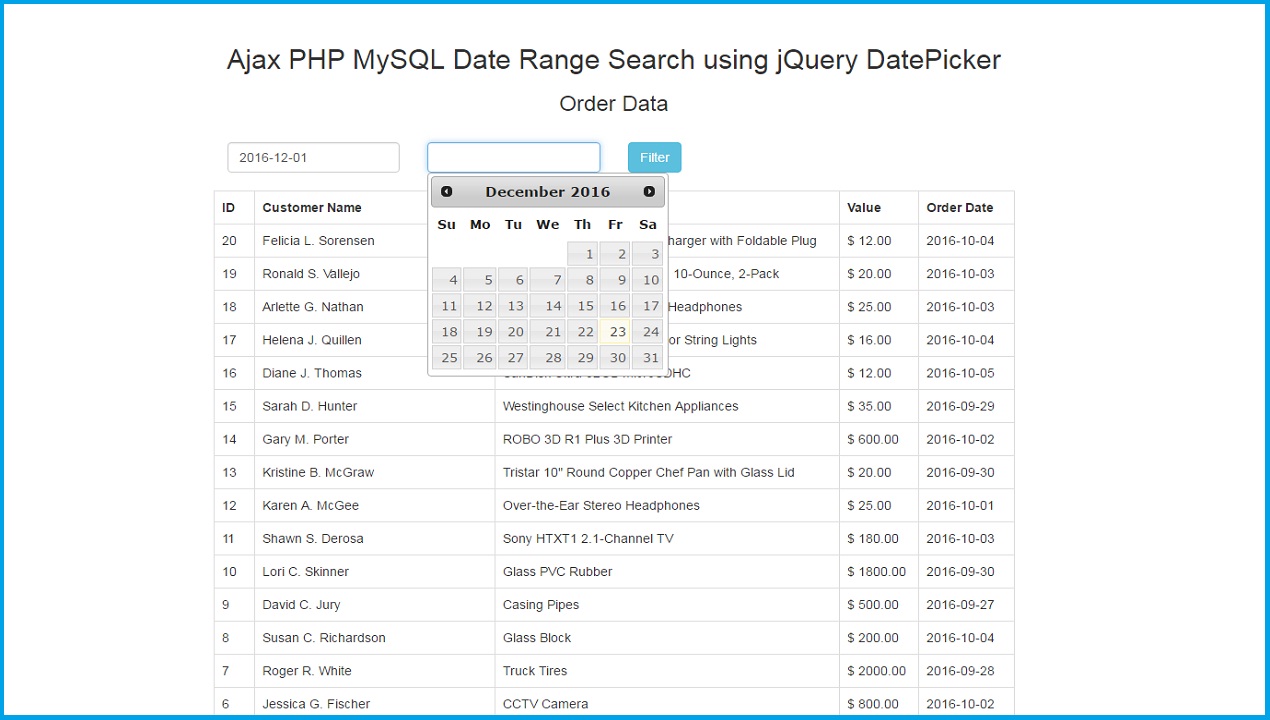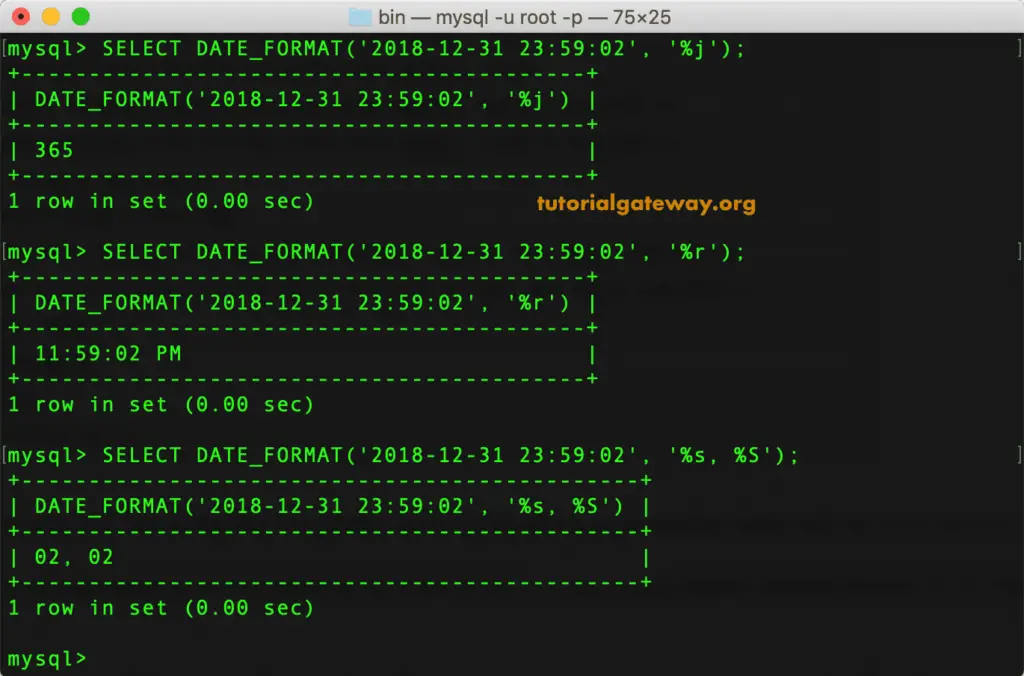

Many of the Oracle SQL IDEs have this feature, including SQL Developer.
#Mysql formatter code#
By this, I mean that the SQL statement will execute if the syntax is correct and the formatting is terrible.įormatting the SQL code will clean up the line breaks, indentation, capitalisation, and overall look of your SQL. When you write SQL, the format of the code is not relevant to the database. SQL formatting is the process of neatly arranging your code to make it more readable.
#Mysql formatter how to#
However, you should note that automatic query designers might not be available in all the database management servers, but the edit option will always be there.In this article, I’ll explain what formatting SQL is, and how to find the SQL Developer Format SQL options. A formatted query not just looks beautiful, it also improves the readability of the query for others and hence the process of debugging and reviewing becomes much easier and faster. In this article, we have seen to beautify and format SQL queries using Query designer and edit toolbar options. So, don’t forget to make use of them to make the process much faster. Once you have clicked on the Make Uppercase tool, the selected lines in the SQL query will be automatically converted to uppercase as shown below.Īlso, by now you might have figured out that beside each option in the edit menu, its corresponding shortcut has been mentioned. There are many more options under the edit tab’s advanced option. There are numerous ways in which you can format and design your SQL query.įor example, you want to convert a few sentences or words in the query to capital letters, you can do so using the edit tab from the toolbar as shown below. Next, you will observe that the said lines have been commented successfully. Next, if you wish to comment a few lines in your code, then select those lines and click on Comment out the selected lines tool as shown below. The tool will increase the indent for the selected lines. Suppose if you wish to give some indent for some of the lines in your query, then select those lines and click on Increase Indent.

Having seen various options for custom formatting a SQL query in SQL server management studio, let us try a few examples to illustrate the usage of the given commands. If you do not want your edit tab for some reasons, you can use SQL editor and Text editor to format the SQL queries as shown below. So, there are plenty of options to format your query. When you will click on the Edit tab in your SQL management studio, if you will select Advanced option, you will get multiple options such as Tabify Selected Lines, Untabify Selected Lines, Make Uppercase, Comment Selection etc. There are multiple ways of giving indents and changing the length of tab spaces for a SQL query in MS SQL Server management studio. Custom SQL Query Formatting using SQL Editor, Text Editor and Edit Tools We can even format a query with personal customization, by giving indentations, tab spaces, commenting and uncommenting etc.

Until now, we have been formatting the query using an automatic query designer. The formatted SQL query would look something as shown below. Modify the query as you want and click on Ok.

Just select the query you want to format and press Ctrl+Shift+Q on the keyword.Ī query designer dialog box will appear in front of you. In order to format this SQL query, we will use the shortcut. Select * from dbo.books_audit_table where This might seem like a lot of steps but you can open the query designer by using a shortcut Ctrl+Shift+Q. And when you click on Ok and the original query will get formatted automatically as shown below. You can even see the preview of your formatted query in the lower section. Step 3: After you have formatted the query in the desired manner, click on OK. You can select the names of the columns you want in the formatted query and all. Step 2: Once you select the Design Query in Editor option, a Query Designer dialog box as shown below will appear in front of you. Select Design Query in Editor option from it. On clicking on the Query tab, a drop-down menu as shown below will appear on the screen. Step 1: Click on the Query tab in the bar just below the main bar. In order to format this query, we can use the query designer. Hadoop, Data Science, Statistics & others


 0 kommentar(er)
0 kommentar(er)
